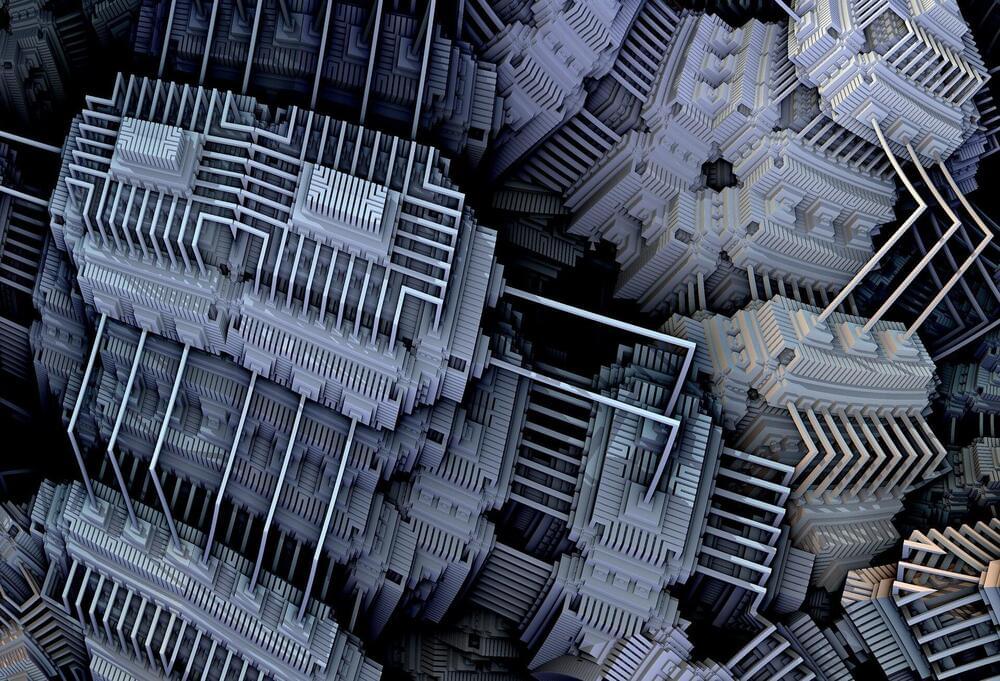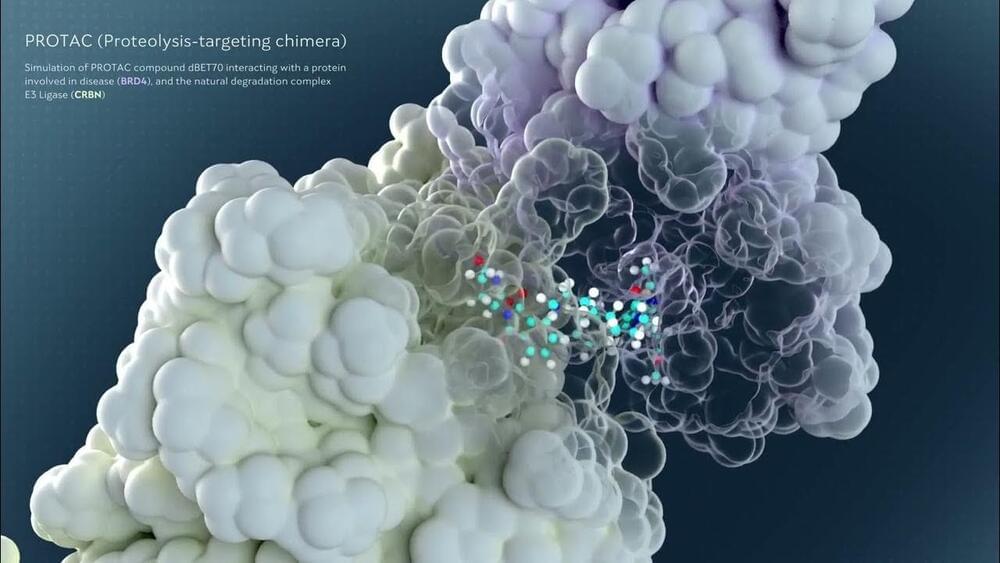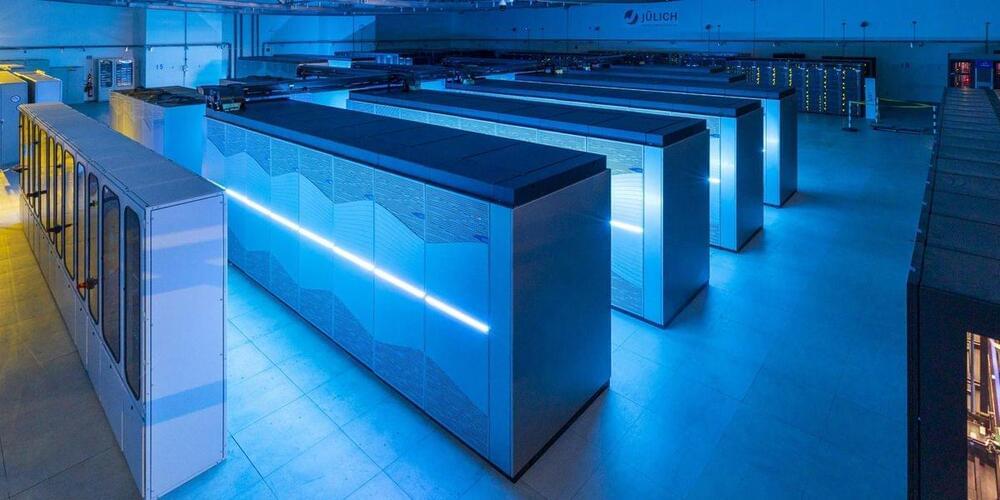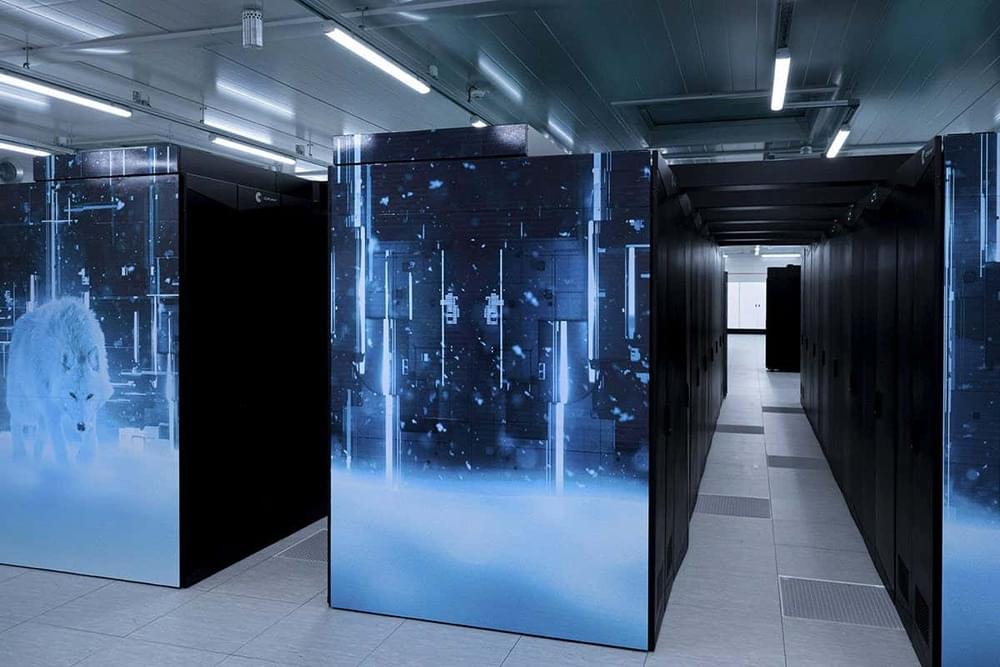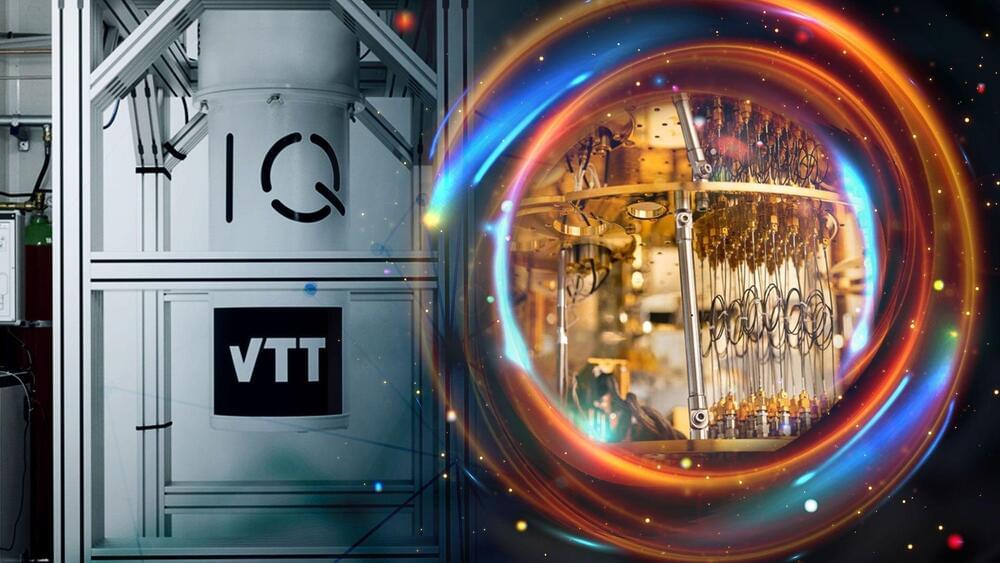Jan 17, 2023
Microsoft to offer ChatGPT at industrial scale via its Azure services
Posted by Gemechu Taye in categories: business, robotics/AI, supercomputing
The expertise of GPT3.5 at the industrial scale.
If you are tired of your requests to access ChatGPT being waitlisted repeatedly, Microsoft has some good news for you. The chatbot is coming soon to Azure Open AI services, where businesses can access the most advanced artificial intelligence (AI) in the world, the company said in a press release.
ChatGPT, the chatbot released on November 30 last year, has caught the imagination of engineers and non-engineers alike. The large language model used by the platform allows the AI to help answer user queries in a conversational style.
Continue reading “Microsoft to offer ChatGPT at industrial scale via its Azure services” »


